So I have a function that I created that will allow the user to gather data from an excel file using a SQL statement. Below is that function:
Public Function query_excel_file(ByVal filepath As String, ByVal sql_statement As String) As DataTable
On Error Resume Next
Dim m_sConn1 As String = "Provider=Microsoft.ACE.OLEDB.12.0;" & _
"Data Source=" & filepath & ";" & _
"Extended Properties=""Excel 12.0;HDR=Yes;IMEX=1"";"
Dim conn1 As New System.Data.OleDb.OleDbConnection(m_sConn1)
Dim da As New System.Data.OleDb.OleDbDataAdapter(sql_statement, conn1)
Dim dt As DataTable = New DataTable
If da Is Nothing Then
Return Nothing
Exit Function
End If
da.Fill(dt)
conn1.Close()
Return dt
End Function
Now this function works perfectly fine if the sql_statement is a valid sql statement, however if it is not then I get an error like this:
I fully realize that this error comes from a bad sql statement. My question is not how to fix the sql statement but for a way to error handle this so that an error dialog doesn't pop up or crash the program.
What I have tried
I have tried adding the clause shown above:
If da Is Nothing Then
Return Nothing
Exit Function
End If
but the errors still appear. I have tried looking at the properties of my variable da which is a System.Data.OleDb.OleDbDataAdapter to see if there is any property to reference on an error but have had no luck as well.
I have also tried using a simple Try Catch End Try, and On Error Resume Next but the dialog still appears.
